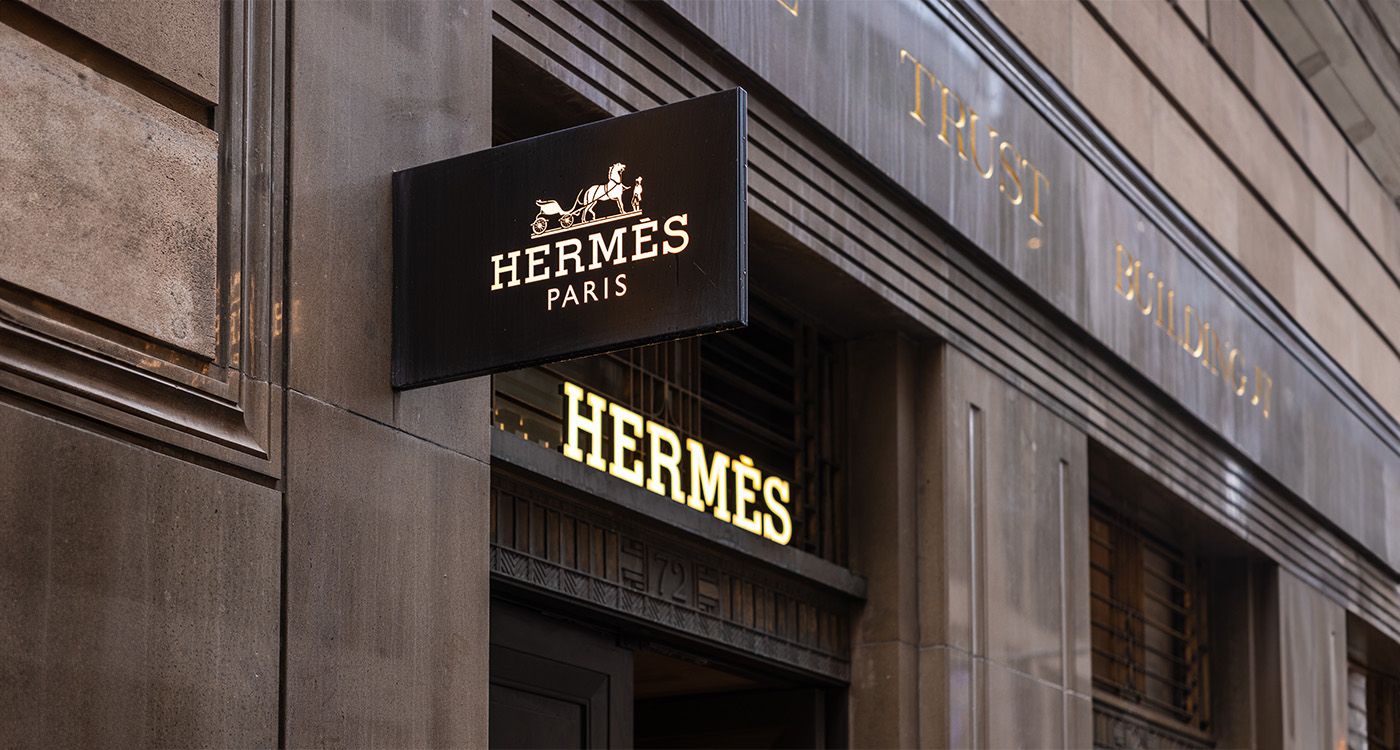
The world of luxury may shine bright, but it’s not immune to economic storms. On Tuesday, the biggest names – Kering, Hermès and LVMH – saw their shares take a hit, with a stock market slump that was anything but glamorous. The biggest blow went to LVMH, whose first-quarter 2025 results showed a 2% drop in revenue. It’s the first slap in the face for the giant led by Bernard Arnault, more accustomed to record highs than turbulence.
While LVMH took a dive with a 5% drop in the stock market on Tuesday, Hermès, in better shape, sprinted ahead of the pack, becoming – for a moment – the world’s most valuable luxury brand and the top capitalization on the CAC 40 index, with 243.65 billion euros versus LVMH’s 243.44 billion. A sweet revenge scented with saddle leather and silk scarves.
So, what is behind this slump? It’s simple: when the world catches a cold, luxury sneezes. The luxury sector is highly dependent on two star markets: China (24% of exports) and the United States (32%). These two giants are currently entangled in a trade war that is starting to feel like an endless soap opera. Between tariffs, diplomatic tensions and more cautious consumers, those four-digit handbag purchases are taking a break.
In China, consumers are hesitant, caught between a “no-bling” policy and an economic slowdown. In the US, spending is also declining, weighed down by inflation, taxes and a general sense of fatigue. As a result, the display windows in Paris are starting to fog up.
But geopolitical tensions aren’t the only factor at play. A new breeze is blowing from the direction of consumers. Generation Z, often more ethical than monogram-obsessed, is looking at luxury with a critical eye. Buying a designer bag? Sure – but not at the planet’s expense. Responsible chic is gaining ground, and flashy logos are starting to lose their appeal.
In this shifting landscape, some brands are doing better than others. While LVMH is reworking its strategy, Hermès is galloping ahead: refined craftsmanship, controlled production, discreet communication… the brand is playing the rarity card, and it’s paying off. A more resilient model in times of crisis, and one that seems to attract both investors and customers.
The luxury sector is clearly entering turbulent times, but it’s far from over. The question now is whether it can change its outfit without losing its flair. If the trade war drags on, the big houses will need to double down on creativity: innovate, diversify, perhaps even rethink their entire definition of sophistication. No, luxury is not dead – but it might have to trade in its crocodile loafers for a pair of eco-friendly sneakers.





Comments